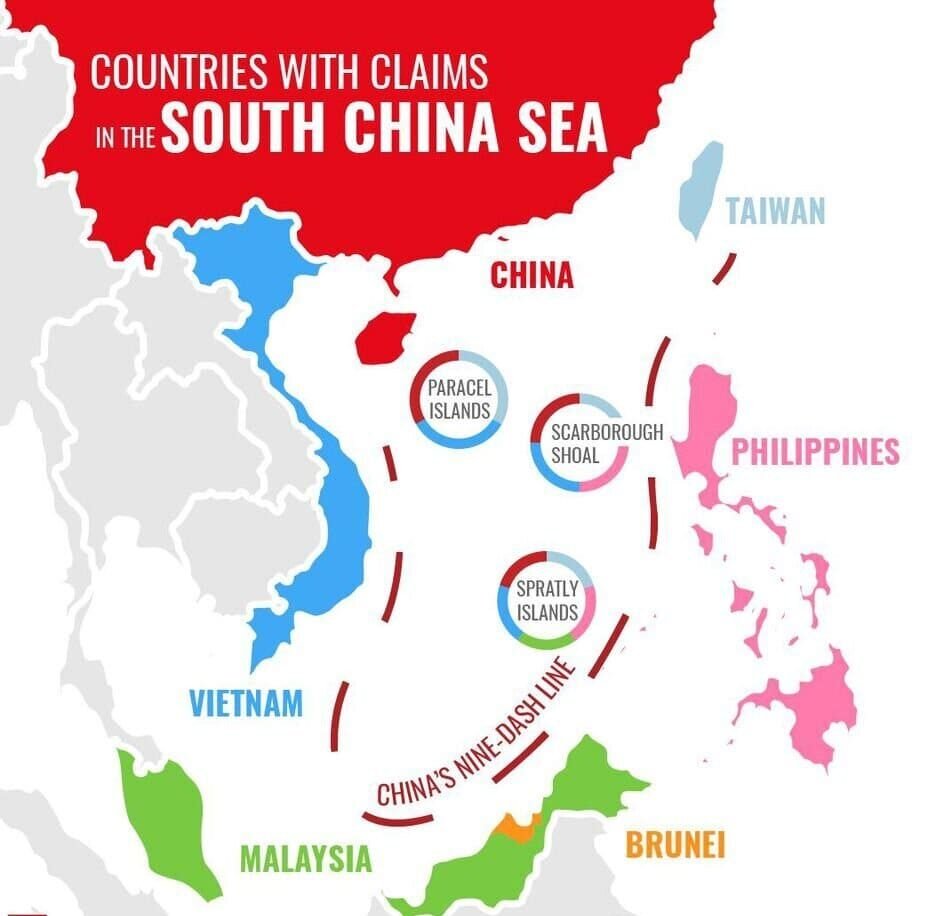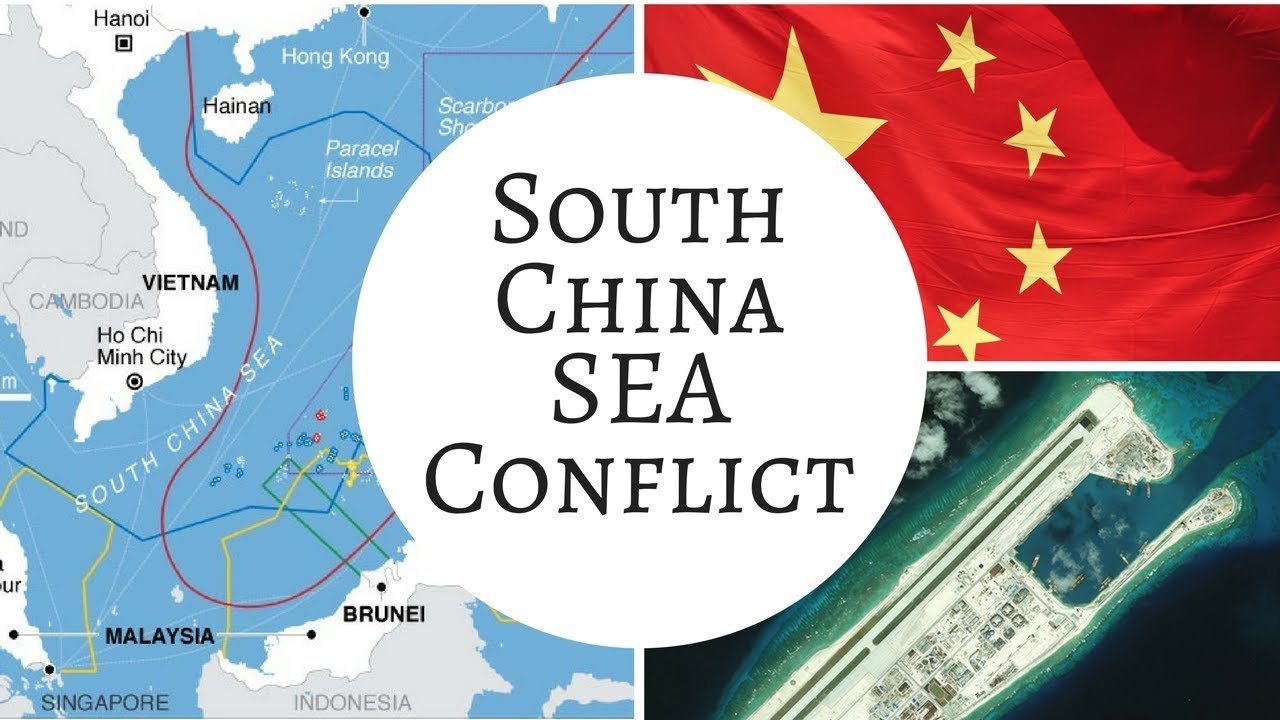In recent years, the South China Sea has become a focal point of geopolitical tension, with the Philippines finding itself at the center of a delicate dance with its powerful neighbor, China. The strategic importance of this maritime region, coupled with competing territorial claims and geopolitical interests, has given rise to a complex and nuanced relationship. In this blog, we will delve into the intricacies of the Philippines-China relationship in the context of the South China Sea, exploring historical roots, current challenges, and potential paths forward.
To comprehend the complexities of the present, one must delve into the historical foundations of the Philippines-China relationship. The South China Sea has been a historically contested region, with multiple countries laying claim to its islands and waters. The Philippines and China share a history of cultural and economic exchanges, but tensions escalated when territorial disputes emerged over features like the Scarborough Shoal and Spratly Islands. This historical backdrop shapes the geopolitical landscape and informs the delicate diplomatic dance being performed today.

The South China Sea remains a hotspot for geopolitical tension, as China continues to assert its claims through militarization and island-building activities. The Philippines, with its own claims and territorial rights, faces the challenge of safeguarding its interests while maintaining regional stability. The arbitration ruling by the Permanent Court of Arbitration in 2016, which favored the Philippines, has added a legal dimension to the dispute. However, implementing the ruling and finding a peaceful resolution remains an ongoing challenge.
Beyond territorial claims, economic interests play a crucial role in shaping the Philippines-China relationship. China’s economic prowess and its Belt and Road Initiative (BRI) have the potential to impact the economic landscape of the Philippines. Navigating this economic partnership requires a delicate balance between reaping the benefits of collaboration and safeguarding national interests.
Given the intricacies of the situation, diplomatic strategies become paramount in managing relations. The Philippines has adopted a multi-faceted approach, engaging in bilateral talks, regional cooperation through ASEAN, and leveraging international legal mechanisms. Balancing assertiveness with diplomacy is essential to ensure that dialogue remains open and constructive.
As the Philippines and China navigate the South China Sea conundrum, a collaborative and diplomatic approach is key. Building on shared interests, such as economic development and regional stability, could provide a foundation for cooperation. Strengthening regional mechanisms, fostering people-to-people ties, and exploring joint ventures could offer avenues for de-escalation and conflict resolution.
The Philippines-China relationship in the context of the South China Sea is a complex interplay of history, geopolitics, and economic considerations. Navigating these waters requires a nuanced understanding of the challenges at hand and a commitment to finding common ground. As both nations grapple with their roles in the region, fostering open communication, implementing diplomatic solutions, and prioritizing shared interests can pave the way for a more stable and collaborative future.






Thanks for sharing. I read many of your blog posts, cool, your blog is very good.